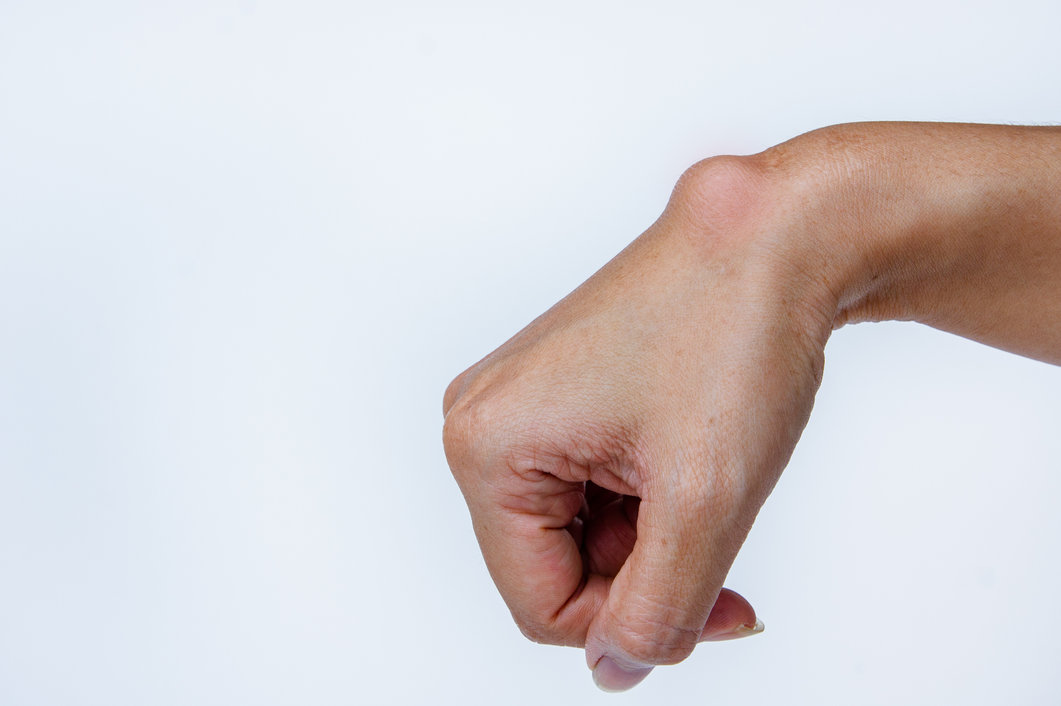
Some patients may experience wrist pain and numbness, but they can also develop painful ganglion cysts. The first step is to see a doctor. You may have a lump or swelling in your wrist, which the doctor will examine. If you are not fully symptom free, you can take over-the-counter pain relievers to ease your discomfort. Modifying your shoes may help you avoid touching the affected area.
Most ganglion cysts are harmless and eventually go away on their own. However, if they are causing pain or interfering with your normal activities, you should seek medical care. You may be suffering from other illness, and in such cases, treatment is necessary. The doctors at Baptist Health will use various methods to treat your ganglion cyst. These include surgery, injections, or a combination of medications.
The diagnosis of ganglion cysts is often made by a physician after reviewing your medical history. The physician will also ask you about any symptoms you may have, including pain and size changes. A physician may perform an x-ray to confirm whether the cyst is a benign condition or a sign of a more serious condition. If you’re concerned about the size of your ganglion cyst, you can try taking ibuprofen or naproxen sodium to reduce the pain in the affected area. Wearing loose-fitting shoes can help you prevent the formation of new cysts.
If you suspect you have a ganglion cyst, you should visit a doctor. The majority of ganglion cysts go away on their own, but if they don’t go away, you should contact your primary care physician. Some patients have symptoms of other illnesses. The best way to determine the cause of a ganglion cyst is to take a medical examination. Generally, 58 percent of a symptom is an early diagnosis.
If the symptoms are associated with a ganglion cyst, the patient should see a doctor for a diagnosis. The lump may be painful, but it’s important to consult a doctor to avoid complications. There are a number of different ways to identify a ganglion cyst. A numbing plaster on the affected area may be applied, while a heat pack can be applied. A physician can also prescribe various poultices or creams to reduce swelling and inflammation.

If the ganglion cyst is in a symptomatic location, you may want to seek medical attention. The cyst itself is not dangerous, but it can cause many other problems. A doctor can treat it if needed and help you manage any symptoms you may have. If it is not related to an underlying condition, it can be treated by treating the root of the condition and its causes. The onset of a ganglion cyst usually occurs after a minor injury or incident.
The doctor may use an ultrasound to confirm that the tumor is a ganglion cyst. Ultrasound uses sound waves to locate blood vessels. This method is more expensive than x-rays, but it is a great way to confirm a ganglion cyst. If it is painful, you should see a doctor as soon as possible. If it does not hurt, you should wear loose shoes and read more information at iHealzy Thailand.
If you have a ganglion cyst, you need to see a doctor, as it is usually painful and can cause problems. In some cases, surgical removal of the ganglion cyst is necessary. If the ganglion cyst is painless and has no symptoms, you can use over-the-counter medications to relieve the pain. Warm compresses can also help drain fluid, although they won’t prevent the rash from recurring. It is best to keep the affected area as still as possible.
Symptoms of ganglion cysts include swelling, pain, and sensitivity to light. Some patients may also experience pain and limited mobility as a result of ganglion cysts. If these symptoms persist for a long time, the doctor may recommend surgery to remove the ganglion cyst. While the surgery itself will remove the ganglion cyst, it is not permanent and may come back if it does not respond to other treatments.